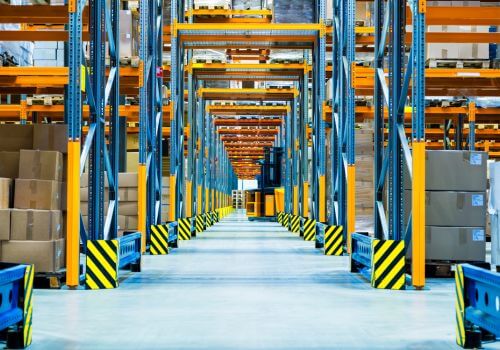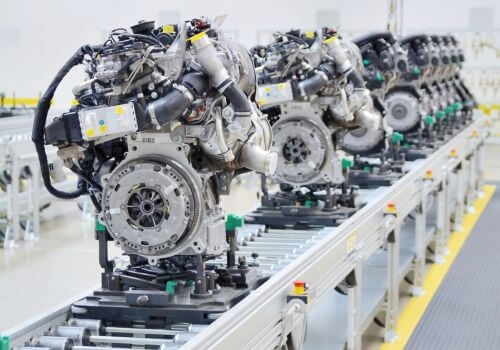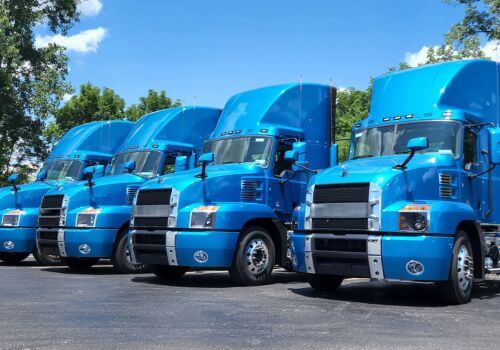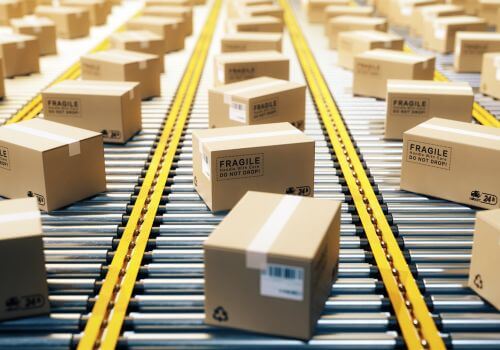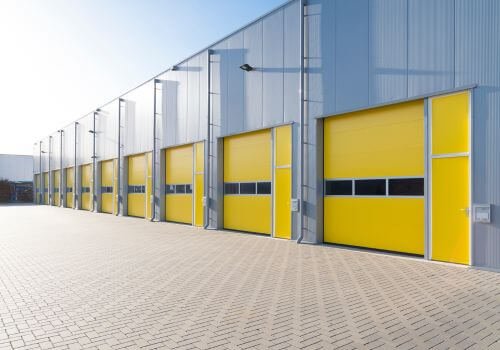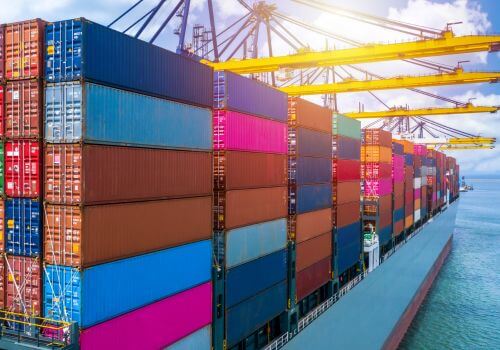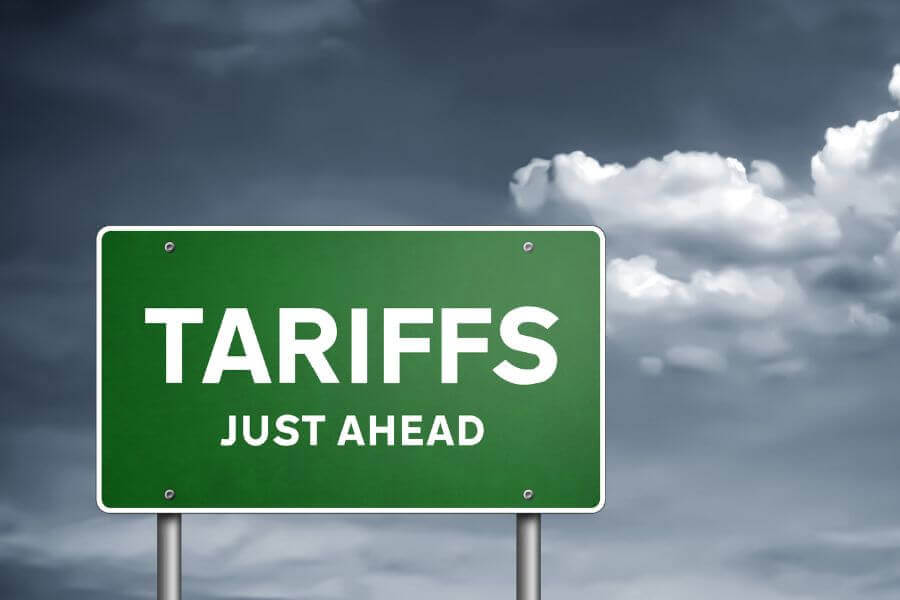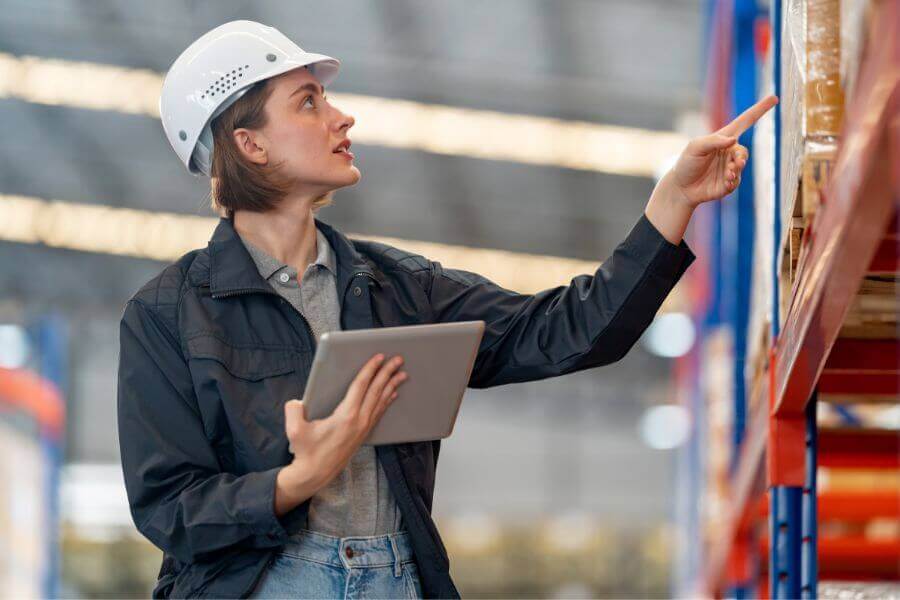In the vast realm of logistics, where products traverse the globe to reach eager consumers, there’s a lesser-known journey that takes place in the opposite direction – the journey of returns, repairs, and recycling. This often overlooked yet pivotal process is known as reverse logistics. In this detailed blog article, we dive deep into the world of reverse logistics, unraveling its significance, challenges, strategic implications, and its integral role in shaping sustainable business practices.
What is Reverse Logistics?
Reverse logistics is the systematic process of managing the flow of goods in the reverse direction, from the consumer back to the manufacturer or another point in the supply chain. Unlike traditional logistics, which focuses on the forward movement of products, reverse logistics deals with activities such as product returns, repairs, refurbishment, recycling, and proper disposal.
How Does Reverse Logistics Work?
Reverse logistics is crucial for businesses to manage returns efficiently, minimize losses, reduce waste, and enhance customer satisfaction. It involves a series of carefully coordinated steps to handle returned items, optimize the value of products, and maintain environmental responsibility throughout the process.
Here’s how reverse logistics works in 9 stages:
- Returns and Exchanges: Customers initiate the reverse logistics process by requesting returns or exchanges for products they’ve purchased. This could be due to various reasons such as receiving damaged or defective items, incorrect products, or simply changing their minds.
- Authorization: The merchant or manufacturer assesses the return request and authorizes the return if it meets the specified criteria, such as being within the return window and adhering to the company’s return policy.
- Return Shipping: The customer ships the item back to the merchant or a designated return center. The merchant might provide a pre-paid shipping label or instructions for the return.
- Inspection and Sorting: Upon receiving the returned items, the company inspects them to determine their condition. Depending on the condition, items might be sorted for different outcomes such as resale, repair, refurbishment, or disposal.
- Disposition: Depending on the nature of the returned items, they are categorized into different groups:
- Resale: Items in new or like-new condition can be restocked and resold.
- Refurbishment: Items that require minor repairs or refurbishment might be restored to a sellable condition.
- Recycling: Items that cannot be resold or refurbished might be disassembled and their components recycled.
- Disposal: Items that are no longer usable might be disposed of in an environmentally responsible manner.
- Processing: Items that are to be resold or refurbished are processed accordingly. Refurbishment might involve repairs, cleaning, and repackaging to bring the items back to a marketable state.
- Resale or Redistribution: Refurbished or resalable items are placed back into inventory and made available for sale, either online or through other sales channels.
- Reporting and Analysis: Throughout the reverse logistics process, data is collected on the reasons for returns, the condition of returned items, repair costs, and other relevant information. This data is analyzed to identify trends, improve product quality, and streamline the return process.
- Recycling and Disposal: Items that cannot be resold, refurbished, or repaired are sent for recycling or disposal in compliance with environmental regulations.
Why is Reverse Logistics Important?
The relevance of reverse logistics has expanded far beyond its traditional perception as a cost-minimization strategy. It has evolved into a strategic asset that yields numerous benefits:
- Customer Satisfaction: In an era where customer experience reigns supreme, the ease and convenience of product returns can significantly impact customer satisfaction and brand loyalty.
- Environmental Responsibility: With heightened environmental consciousness, efficient disposal, recycling, and remanufacturing of products contribute to a company’s sustainability efforts and positive public perception.
- Cost Control: A well-executed reverse logistics strategy can help mitigate the financial impact of returns, repairs, and waste disposal, ultimately contributing to cost efficiency.
- Regulatory Compliance: Proper handling and disposal of products subject to regulations (such as electronics) are critical for legal compliance and avoiding penalties.
- Circular Supply Chain: Reverse logistics plays a pivotal role in achieving a circular supply chain model, where products and materials are repurposed, reused, and recycled, thereby reducing resource consumption and waste.

13 Main Types of Reverse Logistics
The main types of reverse logistics include:
- Returns Management: This type involves handling products that are returned by customers due to defects, damages, wrong orders, or dissatisfaction. Returns management includes processing returned items, determining their disposition (resale, refurbishment, recycling, etc.), and updating inventory.
- Remanufacturing and Refurbishment: In this process, returned products are repaired, cleaned, and refurbished to bring them back to a like-new condition. Remanufacturing often involves disassembling products, replacing worn-out parts, and reassembling them to extend their lifecycle.
- Recycling: Recycling in reverse logistics involves disassembling products to recover valuable materials such as metals, plastics, and electronic components. These materials can be reused in new products, reducing the need for virgin resources and minimizing waste.
- Warranty Repairs: Warranty repairs are carried out to address defects or issues covered under product warranties. Returned products are repaired or replaced with functional components to ensure compliance with warranty terms.
- Recall Management: When products are recalled due to safety concerns, regulatory violations, or defects, this type of reverse logistics focuses on managing the return, repair, or replacement of the affected products.
- End-of-Life Disposal: This involves properly disposing of products that have reached the end of their usable life. It includes environmentally responsible methods to minimize the impact on ecosystems and follows waste disposal regulations.
- Service Parts Logistics: This type manages the return and distribution of spare parts used for maintenance, repairs, and warranty service. The goal is to ensure that necessary parts are readily available when needed.
- Products Take-Back Programs: Some industries implement programs that encourage customers to return products at the end of their lifecycle for proper disposal or recycling, often to comply with environmental regulations.
- E-Waste Management: Focusing specifically on electronic waste, this type of reverse logistics handles the recycling or proper disposal of electronic devices, components, and gadgets.
- Asset Recovery: Asset recovery involves recovering value from returned or obsolete products by selling reusable parts or components. This can help generate revenue from products that might otherwise be considered waste.
- Liquidation: Liquidation in reverse logistics involves selling returned, excess, or obsolete products through second markets, online marketplaces, or liquidation channels to recover some value from these items.
- Rental and Leasing Returns: Managing the return and refurbishment of products rented or leased to customers, preparing them for reuse or reselling.
- Packaging Reuse and Recycling: This type focuses on collecting and reusing packaging materials like boxes, pallets, and containers, or recycling them to minimize waste.
Sustainability and the Circular Economy
Reverse logistics aligns seamlessly with the concept of a circular economy – an economic model that promotes resource efficiency, waste reduction, and sustainability. By extending the lifecycle of products through repair, refurbishment, and recycling, businesses contribute to a more sustainable future.
Conclusion
Reverse logistics is a dynamic and essential aspect of modern business operations. As the importance of sustainability, customer experience, and cost control continues to grow, mastering the art of reverse logistics becomes crucial. Businesses that effectively manage the reverse journey can not only enhance their bottom line but also contribute to a more sustainable and responsible global supply chain. By embracing the challenges and opportunities of reverse logistics, organizations can navigate the complexities of product returns, repairs, and recycling while building a more circular and resilient economy for the future.
Reverse Logistics FAQs
Here are some other frequently asked questions about reverse logistics:
How does the reverse logistics process differ from forward logistics?
Forward logistics involves moving products from manufacturers to consumers, while reverse logistics involves moving products from consumers back to manufacturers or designated locations.
What is the difference between returns management and reverse logistics?
Returns management focuses on handling product returns efficiently, while reverse logistics encompasses a broader range of activities, including returns, repairs, refurbishment, recycling, and disposal.
What are the benefits of effective reverse logistics?
Effective reverse logistics can lead to cost savings, improved customer satisfaction, reduced waste, enhanced sustainability, and better insights into product quality and performance.
What challenges are associated with reverse logistics?
Challenges include managing the complexity of returns, assessing the condition of returned items, determining the most suitable disposition method for different products, and ensuring compliance with regulations.
How can technology assist in managing reverse logistics?
Technology such as tracking systems, data analytics, and inventory management software can help streamline the reverse logistics process, providing real-time visibility and insights into returned products.
What are some strategies for optimizing the reverse logistics process?
Strategies include improving communication with customers, implementing efficient returns processes, categorizing returned items for appropriate disposition, and analyzing return data for insights.
How can reverse logistics contribute to sustainability and environmental responsibility?
Reverse logistics can contribute by promoting recycling, reducing waste, minimizing landfill contributions, and adhering to regulations for responsible disposal.
What industries benefit the most from effective reverse logistics practices?
Industries with high return rates, such as e-commerce, retail, electronics, and automotive, benefit significantly from efficient reverse logistics practices.
How can companies ensure compliance with regulations during the reverse logistics process?
Companies can partner with experts, stay informed about local and international regulations, and establish processes that align with responsible disposal practices.
What role does data analysis play in optimizing reverse logistics processes?
Data analysis helps identify trends in returns, understand reasons for returns, determine repair costs, and improve overall product quality based on feedback from customers.


